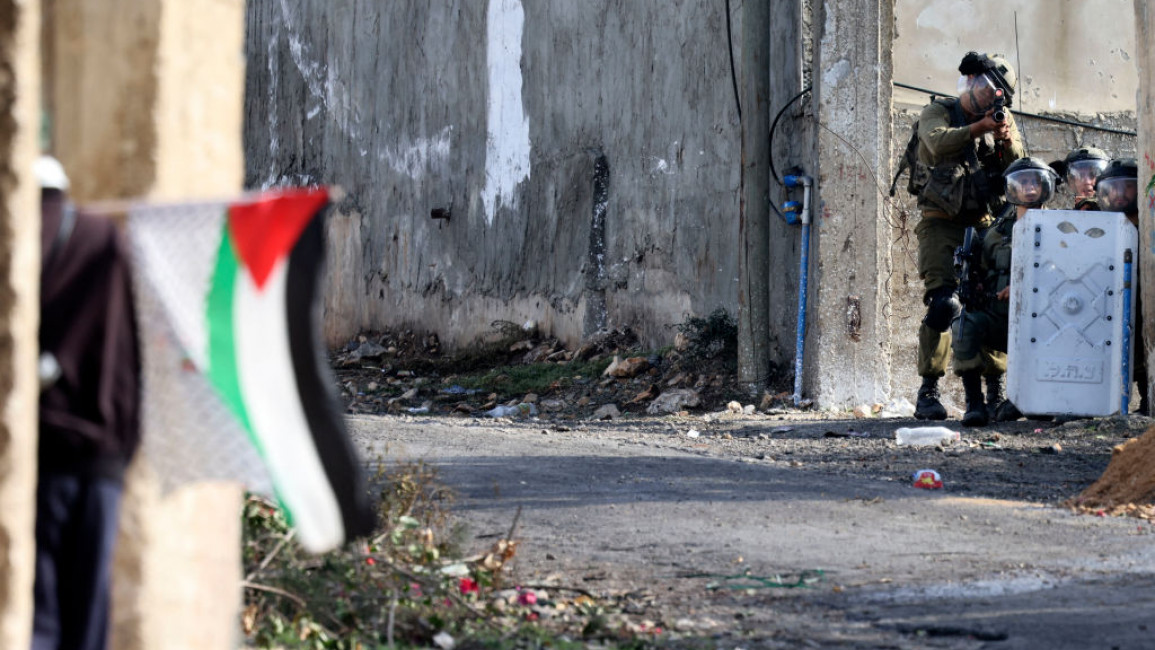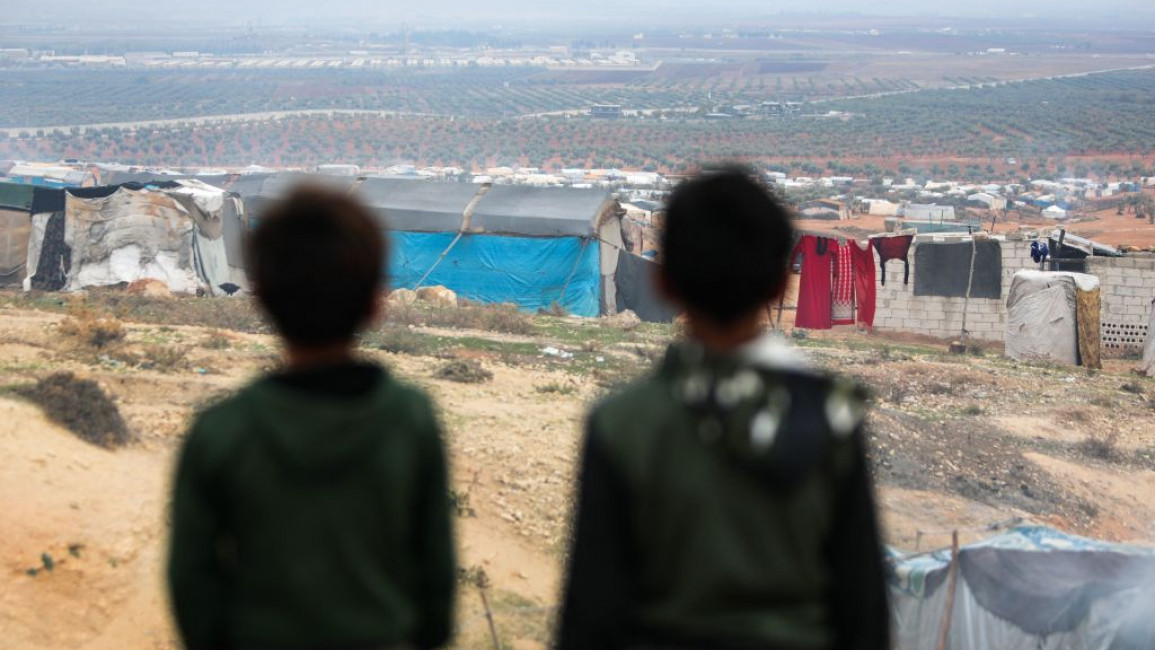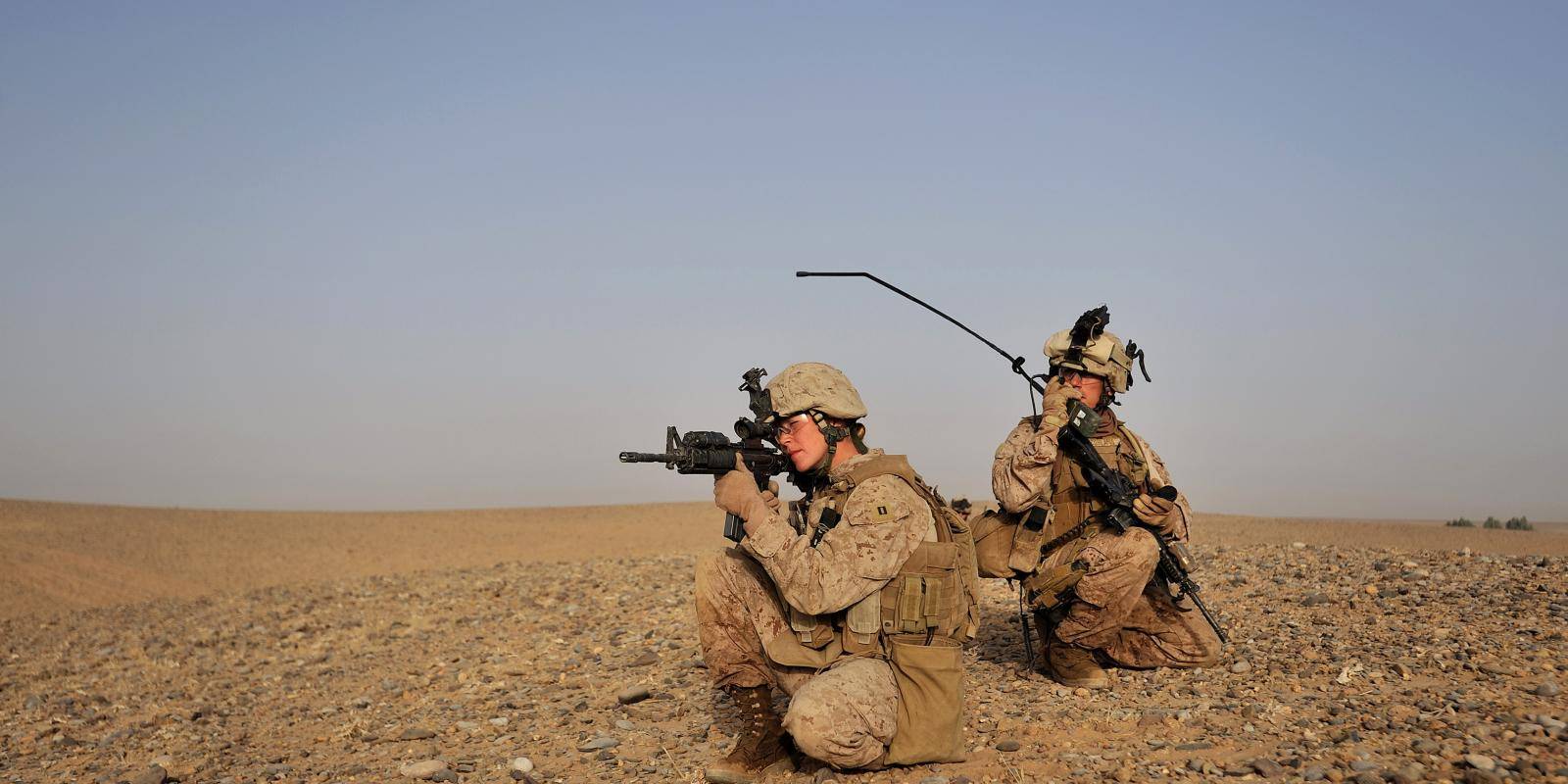INDIA
CIVIL SOCIETYINDIGENOUS PEOPLES RIGHTS
Are Adivasis Being Taken For Granted?: The Politics Of Activism Among Adivasis
Contrary to what upper caste activists tend to project, Adivasis can negotiate with the Indian state on their own terms

Up in Arms: A tribal woman during a protest against the land acquisition law in Delhi
Photo: Getty Images
UPDATED: 25 NOV 2022
When the Adivasis agitate for their right to land, water or forests (jal-jangal-jameen), it is commonplace today to find well-meaning middle-class activists advocating for them. On the surface, this is a harmless activity that may not deserve comment. But we can see over the past generation that the Narmada Bachao Andolan (NBA) and Maoist movement in the western and eastern tribal belts of India pitted activists at times against their Adivasi wards. In such instances, a pertinent question arises: Whose voices matter and who can legitimately claim to represent authentic Adivasi interests?
For activists, the Adivasis are nature-loving and forest-dwelling yet impoverished members of the post-colonial Indian polity. Rendered mute by the poisoned gift of citizenship, their struggles must be given voice in national politics. Electoral politics is regarded by these activists as irredeemably corrupt and the state’s welfare schemes as trivial affairs. Effectively, the Adivasis are depoliticised or stripped of any political agency to pursue their own agendas and interests.
The NBA, for example, featured both the Adivasis and the well-meaning activists led by Medha Patkar protesting the Sardar Sarovar dam project. The Adivasis were barely visible in this movement, particularly its leadership, except when handpicked individuals appeared for marches and dharnas or sit-ins. Anthropologists Amita Baviskar and Vikramaditya Thakur have shown that the Adivasis themselves may have had different political aims from their middle-class patrons. They did not argue, as activists did, that their emotional attachments to land and forests trumped any economic advantages generated by the dam. They fought instead for recognition as Indian citizens and for just compensation and resettlement. Many families transitioned successfully to new lives and livelihoods in Gujarat even as the Supreme Court dismissed the shrill rhetoric of celebrity activists allegedly speaking on behalf of the Adivasis.
UPDATED: 25 NOV 2022
When the Adivasis agitate for their right to land, water or forests (jal-jangal-jameen), it is commonplace today to find well-meaning middle-class activists advocating for them. On the surface, this is a harmless activity that may not deserve comment. But we can see over the past generation that the Narmada Bachao Andolan (NBA) and Maoist movement in the western and eastern tribal belts of India pitted activists at times against their Adivasi wards. In such instances, a pertinent question arises: Whose voices matter and who can legitimately claim to represent authentic Adivasi interests?
For activists, the Adivasis are nature-loving and forest-dwelling yet impoverished members of the post-colonial Indian polity. Rendered mute by the poisoned gift of citizenship, their struggles must be given voice in national politics. Electoral politics is regarded by these activists as irredeemably corrupt and the state’s welfare schemes as trivial affairs. Effectively, the Adivasis are depoliticised or stripped of any political agency to pursue their own agendas and interests.
The NBA, for example, featured both the Adivasis and the well-meaning activists led by Medha Patkar protesting the Sardar Sarovar dam project. The Adivasis were barely visible in this movement, particularly its leadership, except when handpicked individuals appeared for marches and dharnas or sit-ins. Anthropologists Amita Baviskar and Vikramaditya Thakur have shown that the Adivasis themselves may have had different political aims from their middle-class patrons. They did not argue, as activists did, that their emotional attachments to land and forests trumped any economic advantages generated by the dam. They fought instead for recognition as Indian citizens and for just compensation and resettlement. Many families transitioned successfully to new lives and livelihoods in Gujarat even as the Supreme Court dismissed the shrill rhetoric of celebrity activists allegedly speaking on behalf of the Adivasis.
In the Maoist movement this century, the Adivasis in eastern and central India came to be at the centre of a tug-of-war between the state and the insurgents. Not a single Adivasi voice featured in the voluminous debates over the ethics of violence and the value of development in Schedule V areas. The self-styled advocates of the Adivasis rights rendered them as hapless subjects who could not speak for themselves, whether to argue for or against development.
As with the NBA, the Gandhian paternalism and exotic stereotypes flooded mediascapes. But the Adivasis themselves participated in the insurgency, and later counterinsurgency, as canny political actors who sought greater control over the region’s resources and more funding via a deeper engagement with the post-colonial developmental state. They were, in other words, far from the noble savages that their patrons purported them to be.
Savarna Hindus Can Be Allies Of Adivasi Movements, But It Seems Bizarre To Insist On Leading Them Without The Consent Of Those They Claim To Represent.
From these two examples, we may discern the dominant tropes of representing the Adivasis in modern India. First, the Adivasis are exoticised as culturally so different from the rest of Indian society that they cannot be understood as political and economic actors in their own right. Second, they are alleged to be so deeply attached to land and forests that they are necessarily opposed to socio-economic development in any guise. Third, the Adivasis are believed to be so poor and illiterate that they cannot engage with the state and strive to keep away from it.
Related Stories
Why Adivasis Are Claiming Sarna As Their Religion

The Adivasi World: One With The Earth

Yet the Adivasis themselves have sought to engage with the modern state and economy to pursue their goals. Half a century ago, sociologist Andre Beteille found that the notion of tribe prevented us from appreciating how the Adivasis were peasant cultivators of land in much the same manner as Bahujans. In the Koel-Karo anti-dam movement, dominant Adivasi lineages melded ideas of custom with those of constitutional rights to successfully block a hydroelectric project that would have displaced them without adequate compensation. Far from keeping the state away, the Adivasis entered into hard-nosed negotiations with it to ensure control and autonomy over their land. Today, it is a rite of passage for young women and men from Jharkhand, Chhattisgarh, Odisha and the northeastern states to migrate to big cities and bring back a newfound sense of self and community to their villages. Neither economic compulsions nor emotional attachment to land and forests drive such circular migration. What we find is cultural politics articulating distinctive ways of being modern Adivasi citizens.
Historian and social theorist Prathama Banerjee has traced the tropes of romanticising the Adivasis or tribes to Bengali literary texts of the late 19th century. In it, she describes a ‘politics of time’ that puts tribal subjects as exotic ‘Others’ of an emerging bourgeois consciousness in colonial India. Tribes were taken to be vestiges of a bygone era, culturally authentic yet hopelessly backward in comparison to the Bengali gentry, the bhadralok. A politics of social distancing via notions of linear historical time came to be tied to a paternalistic politics of advocacy after well-known tribal rebellions such as the Santal Hul and the Birsaite Ulgulan. This conservative romantic sensibility continues to pervade the activism of well-born individuals seeking to fuse together Gandhi and Marx in a distinctive style of ventriloquism.
ALSO READ: Will Adivasis Be Able To Stave Off Attempts To Saffronise Them?
However, what is most striking about Adivasi politics now or earlier is how village communities are sites of social and political ferment. They debate and discuss what it means to be modern and tribal together. New faiths and creeds have swept across the Schedule V and VI areas since the mid-19th century, most notably various forms of Christianity that link the local to the global after bypassing the imaginaries of post-colonial nationalism. In the 19th century, Sidhu and Kanu, Sonaram Sangma and Birsa Munda emerged as youth icons of social movements demanding land rights and protesting the predations of dikus or caste Hindus amidst them. Even as they made claims on the colonial state, these Adivasi leaders sought to refashion their rural communities into modern self-governing units administered by a distinct set of laws. Paternalistic colonial administrators such as Edward Tuite Dalton, Denzil Ibbetson and William Crooke sought to codify the Adivasi customary rights over land and forests after protracted negotiations with rural communities.
To exoticise is, ultimately, to silence a section of our fellow citizens. Savarna Hindus can be allies of Adivasi movements, but it seems bizarre to insist on leading them without the consent of those they claim to represent. Scholarship on Adivasis in modern India is only now coming to terms with the rich and dynamic agency of men and women from the Scheduled Tribes.
ALSO READ: Most Of The Tenets Of Gandhi's Philosophy Come From Adivasis
I suggest scholars and activists adopt a politics of listening instead of speaking on behalf of exotic ‘Others’ without their authorisation. Listening requires the cultivation of patience, care and respect. It is hard, if not humbling, especially when our own existential anxieties are tied up willy-nilly with the politics of the poor.
But without the humility that accompanies a politics of listening, we will fail to acknowledge the myriad ways in which the Adivasis negotiate modernity. They are not so different from other Indians, especially well-born Savarna Hindus, who struggle, too, over modernity and its antinomies. The gap between the ‘Self’ and the ‘Other’ may, for middle-class Indians, be far less than they imagine it to be.
(This appeared in the print edition as "Taking Them for Granted")
(Views expressed are personal)
Uday Chandra teaches Indian politics and history at Georgetown University, Qatar















